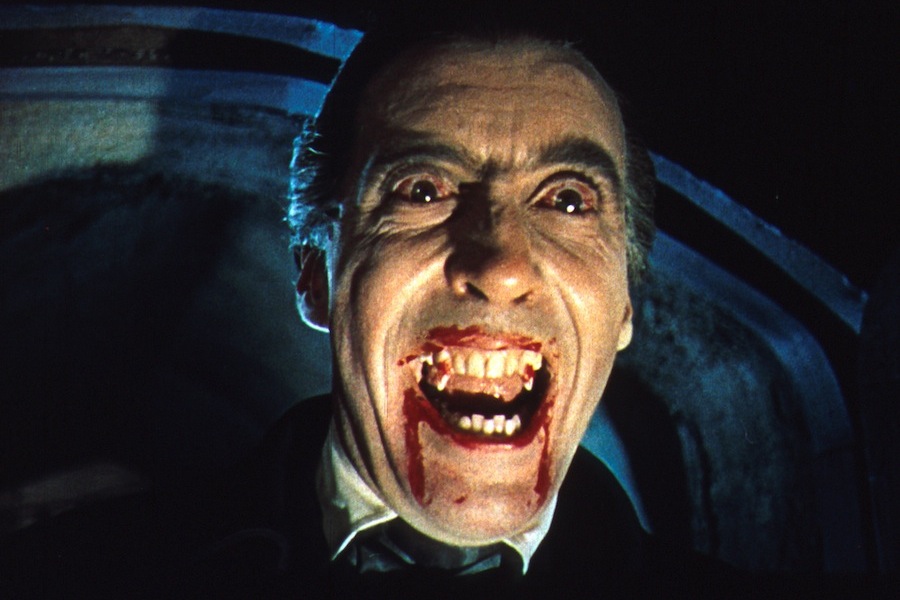
The thrills of reading the original “Dracula”
One deep, dark and cold night in Los Angeles, I was waiting to board the Amtrak train that would connect me to a bus, and then another train that would take me to Davis for the impending Winter Quarter. This was going to be a long ride — 12 hours in all — barring any delays. And since I had no upcoming soul-crushing writing assignments, I decided to download the audio version of Bram Stoker’s Dracula. Considering the first train was stalled, and the entire trip lasted about 15 hours, it was not at all difficult to complete the entire book in one listen. As foreign lands and strange faces surrounded me, and it poured hard and cold rain, I was strangely delighted to have one of the most terrifying books that I’ve ever read in my company.
Rolled into print in 1897, Stoker’s work soon became known far and wide across the globe. It remains the pinnacle of horror to this very day.
We’ve all seen the fangs and the cliche costumes, and heard the ominous organ music and the violent crackling of lightning surrounding a castle build on a windy, remote mountainous terrain. But the actual work ― much like Mary Shelley’s Frankenstein ― is totally different from the popular media’s seemingly endless adaptations.
One thing that is striking about the novel is its epistolary content. The entire book is composed of journal entries penned by the various characters. (Frankenstein, which was a necessary precursor to Dracula, is also written in a very similar manner.) This format thrills because one is left to wonder whether the events described within the story are embellished, true or totally fictionalized by each of its various characters. Readers, after all, are not made explicitly aware of what may have been altered or completely omitted.
The reader is first introduced to the mild-mannered Jonathan Harker, who must depart from his deeply beloved wife-to-be Mina, in order to take an arduous journey to meet Count Dracula in his Transylvanian castle. Already the book is nothing as one might think it is: Harker is merely tasked with auditing Dracula because he wants to buy property in England. What could be more mild and utterly devoid of excitement? Obviously this does not last for long: Harker soon grows increasingly paranoid and begins to suspect Dracula is more than he seems. I think we know the rest: Count Drac is up to no good and is really into the idea of creating a vampiric race to dominate planet earth, treat humans as a food source and systematically harvest them so they can casually sip on some delicious blood whenever they please.
Thankfully, there are heroes like Professor Van Helsing, Harker and a handful of others who band together out of sheer terror and the desire to banish Dracula’s evil from the world. Eventually he is staked and re-killed (he is, after all, already dead to begin with.)
So much literary, film-based and offhand analysis has been performed on Stoker’s work that it gives one a splitting migraine just imagining it. All you really need to know is this is a killer book, and is way better (and far less lame) than any adaptation you’ve seen or heard so far. Like the picture headlining this article, these various adaptations are over-dramatized and very often deviate from the late Victorian source material. For those interested in horror, this text is the progenitor of the genre. But even for those who are not particularly drawn to the work for its horror-based aspects, it contains a wide variety of timeless themes like morality, female sexuality and — in a bizarre way — romance.
You can reach RYAN DOWNER at rmdowner@ucdavis.edu.



